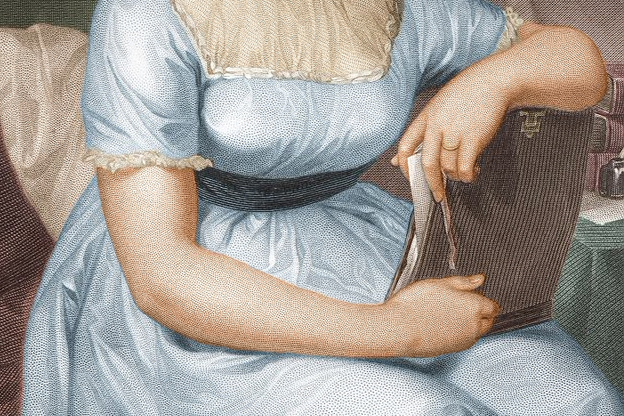Immovable Bodies: Women Writing Health and Disease in the British Romantic Era

My book project, Immovable Bodies: Women Writing Health and Disease in the British Romantic Era, posits that British women writers during the Romantic period (1780-1832) resist the universalizing, transdisciplinary claims of both medicine and poetics of this same period by producing literary texts that ruminate upon immobility: a refusal to be moved exhibited by certain bodies, objects, and mediums. During the latter half of the eighteenthcentury both physicians and poets argue that their particular arts are not disciplines of knowledge, but are instead universal and comprehensive practices that aim and act curatively upon mankind. My book project takes up women writers whose works contest this universalizing discourse by ruminating instead upon those bodies, objects, and mediums that that are not movable in space or time, that are in fact resistant to being cured. From depictions of fetuses refusing to being born in the work of Anna Barbauld to the fossilized rocks, disabled hermits, and recalcitrant teenage girls in the poetry and novels of Charlotte Smith and Jane Austen, Immovable Bodies charts immobility and its specifically disciplinary possibilities for providing model of literature whose stillness and resistance are one and the same.
Annika Mann, Assistant Professor of English, School of Humanities, Arts and Cultural Studies